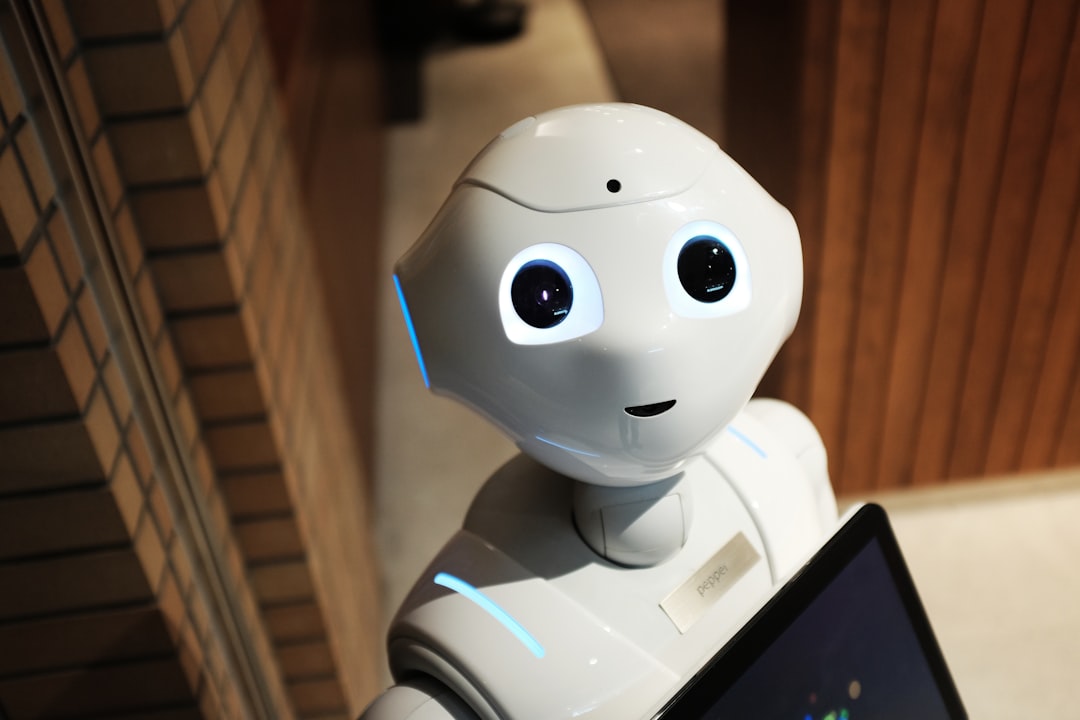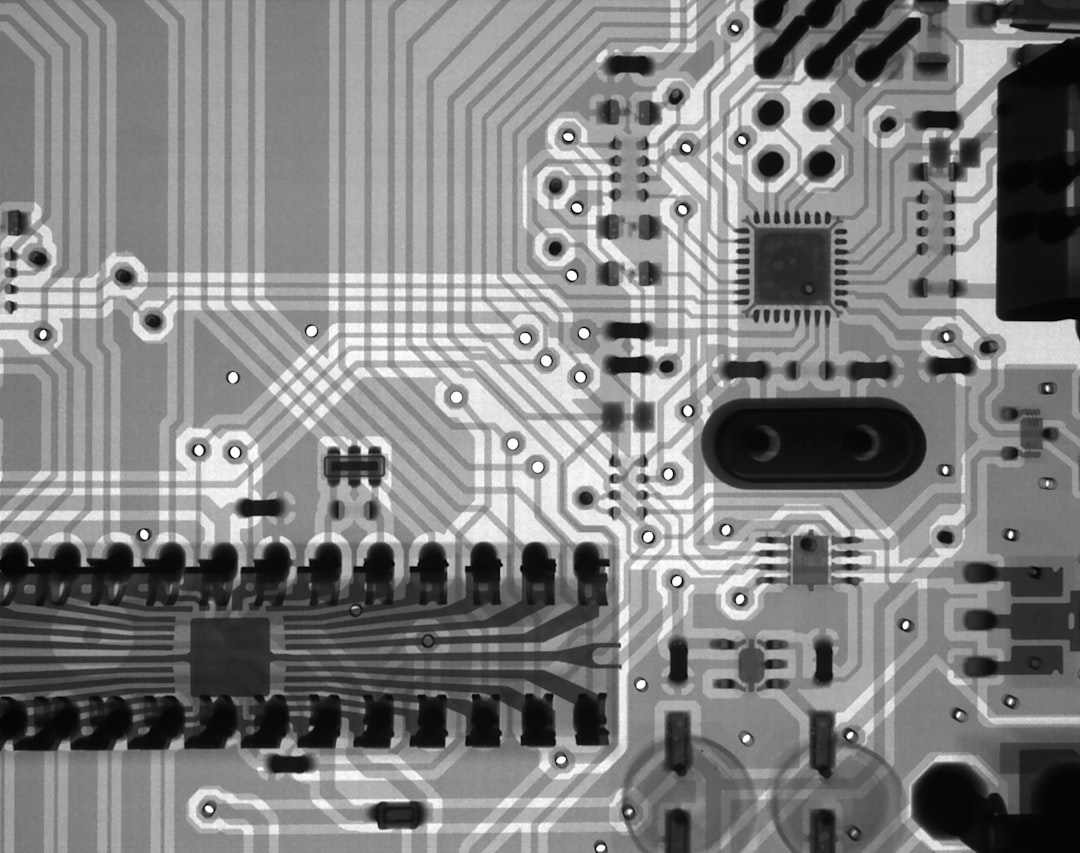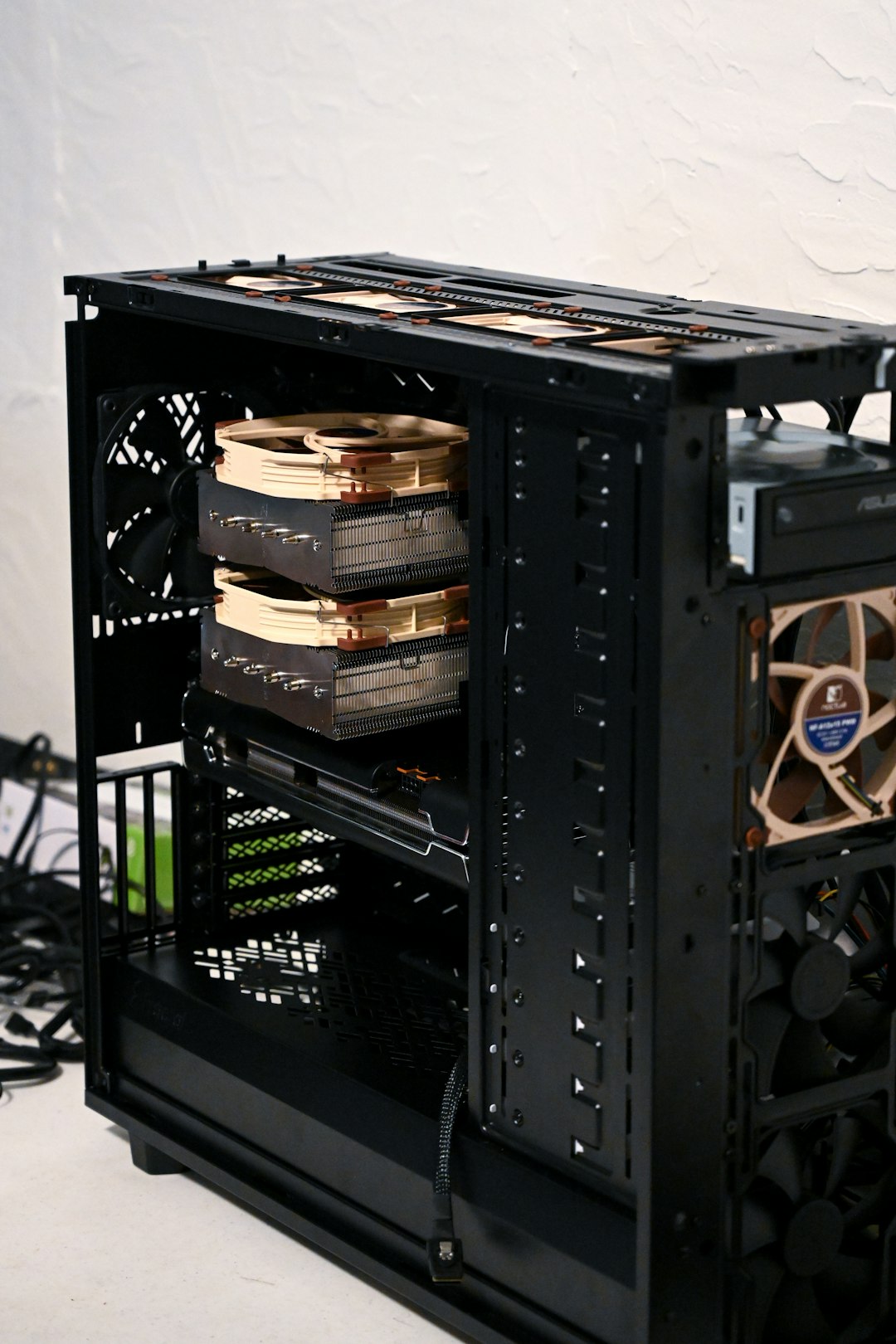Unlock encrypted content
Please enter your SSCE key to initiate on-the-fly decryption.
Decryption key: (Click cancel if you don't have the key)
Copied link to clipboard.
This feature is unavailable for free accounts. Upgrade now and enjoy all Premium benefits.
Go Premium!
This feature is unavailable for free accounts. Upgrade now and enjoy all Premium benefits.
Go Premium!
Please open this page in browser ( Google Chrome or Safari ) to use this feature.
Open In Browser
The Future of Data Management: Exploring the Convergence of IoT, Swarm Robotics, Biotechnology, Blockchain Technology, and Computer Vision
Random related video for this blog.
Copied share link to clipboard.
In this article, we will delve into the exciting possibilities that arise from the convergence of Internet of Things (IoT), Swarm Robotics, Biotechnology, Blockchain Technology, and Computer Vision. These emerging technologies hold immense potential for revolutionizing data management, offering advanced capabilities and enhancing efficiency across multiple industries.
Internet of Things (IoT): Connecting a Smart World
The Internet of Things (IoT) refers to the network of interconnected devices that can communicate and share data with each other. By connecting everyday objects to the internet, IoT enables us to collect and analyze vast amounts of data, leading to enhanced efficiency, improved decision-making, and increased automation. With the integration of IoT, data management becomes more seamless and comprehensive, allowing for real-time monitoring, predictive analytics, and remote control. Imagine a smart home where appliances, lighting systems, security cameras, and even wearable devices are seamlessly connected. Through IoT, these devices can exchange data, enabling homeowners to remotely control and monitor their surroundings. For instance, a smart thermostat can adjust the temperature based on occupancy patterns, while security cameras can send real-time alerts to homeowners' smartphones. This interconnectedness not only enhances convenience but also improves energy efficiency and home security.Swarm Robotics: Collaborative Intelligence in Action
Swarm robotics takes inspiration from the behavior of social insects, such as ants and bees, to create a system where multiple robots work together to achieve a common goal. By leveraging collective intelligence, swarm robotics enables a group of robots to perform tasks that would be challenging or impossible for a single robot to accomplish alone. This technology has the potential to revolutionize various industries, including manufacturing, agriculture, and logistics. In the realm of data management, swarm robotics can be employed to improve efficiency in large-scale data processing and analysis. By distributing tasks among a swarm of robots, data processingcan be performed in parallel, significantly reducing the time required for complex computations. For example, in a data center, swarm robotics can be utilized to efficiently manage and allocate computing resources, ensuring optimal performance and minimizing latency.
Biotechnology: Unlocking the Power of Living Systems
Biotechnology involves using biological systems, organisms, or derivatives to develop new technologies and products. The integration of biotechnology with data management opens up a world of possibilities. By harnessing the power of living systems, biotechnology can contribute to more sustainable and efficient data storage, processing, and analysis. One fascinating application of biotechnology in data management is DNA data storage. DNA molecules have a remarkable storage capacity, enabling vast amounts of data to be stored in a small volume. This technology has the potential to revolutionize data storage, offering long-term durability and high-density storage capabilities. Moreover, DNA-based data storage could potentially address the growing concern of data center energy consumption, as DNA molecules require significantly less energy to store and retrieve data compared to traditional methods.Blockchain Technology: Secure and Transparent Data Management
Blockchain technology, initially popularized by cryptocurrencies such as Bitcoin, has evolved beyond its financial roots and found applications in various industries. At its core, blockchain is a decentralized and immutable digital ledger that records transactions across multiple computers. This technology offers enhanced security, transparency, and trust in data management. In the context of data management, blockchain can provide secure and tamper-proof storage, ensuring the integrity and authenticity of data. By decentralizing data storage and employing cryptographic techniques, blockchain eliminates the need for a central authority, reducing the risk of data breaches and unauthorized access. Additionally, smart contracts, which are self-executing contracts with predefined rules, can automate data management processes, such as file sharing and access control, further enhancing efficiency and reliability.Computer Vision: Enhancing Data Analysis and Insight
Computer vision is a branch of artificial intelligence that enables computers to understand and interpret visual information from images or videos. By extracting meaningful insights from visual data, computer vision enhances data analysis and decision-making processes. This technology finds applications in numerous fields, including healthcare, autonomous vehicles, and surveillance systems. In the realm of data management, computer vision can revolutionize file organization and search capabilities. For instance, advanced file search algorithms can analyze the content of images or videos, enabling users to search for specific objects or scenes within their media library. Furthermore, thumbnail previews for videos and photos can be automatically generated, providing a visual representation of the content, making it easier to locate and manage files. In conclusion, the convergence of Internet of Things (IoT), Swarm Robotics, Biotechnology, Blockchain Technology, and Computer Vision holds tremendous potential for transforming data management across industries. From seamless connectivity and collaborative intelligence to sustainable data storage and secure transactions, these technologies offer innovative solutions to the challenges of the digital age. As we continue to push the boundaries of technological advancements, it is crucial to embrace these emerging technologies and leverage their capabilities to drive progress and efficiency in data management.Frequently Asked Questions (FAQs) Question: How can the convergence of IoT and swarm robotics benefit industries? Answer:
By combining IoT and swarm robotics, industries can achieve enhanced efficiency, improved automation, and real-time monitoring. For example, in manufacturing, swarm robots can collaborate to perform complex tasks, leading to increased productivity and reduced costs. Question: How does biotechnology contribute to sustainable data management? Answer:
Biotechnology, particularly DNA data storage, offers a sustainable solution for data storage. DNA molecules have a high storage capacity and require significantly less energy compared to traditional methods. This technology has the potential to address the growing energy consumption of data centers. Question: How does blockchain technology ensure secure data management? Answer:
Blockchain technology provides secure and tamper-proof data storage by decentralizing data across multiple computers. The use of cryptographic techniques ensures data integrity and eliminates the need for a central authority, reducing the risk of data breaches. Question: How does computer vision enhance data analysis and organization? Answer:
Computer vision enables advanced file search capabilities by analyzing the content of images and videos. This allows users to search for specific objects or scenes within their media library. Additionally, thumbnail previews for videos and photos can be automatically generated, facilitating file organization. For a reliable and efficient cloud storage solution that supports large file transfer and ensures data security, consider FileLu. With premium plans ranging from 256 GB to 500 TB, as well as free plans starting from 10 GB, FileLu offers flexible options to meet your storage needs. Explore the capabilities of FileLu by visiting https://filelu.com today.
By Amelia Isabella
Email: [email protected]
Related
Advanced File Management Features in a Highly Available Cloud Infrastructure.
June 2, 2023
Read More
The Future of File Management: Immersive Media Storage, Augmented Reality,...
June 2, 2023
Read More
Effortless File Organization and Advanced Encryption Algorithms for Futuristic Societies.
June 2, 2023
Read More
The Future of File Security: Transhumanism, Advanced Weaponry, and Quantum...
June 2, 2023
Read More
Effortless File Organization for Real-Time System Monitoring and Data Security.
June 2, 2023
Read More
Popular
Exploring the Benefits of Cloud Storage and Innovative Technologies in...
November 26, 2025
Read More
The Future of Digital Transformation: Exploring Smart Homes, Efficient File...
November 30, 2025
Read More
Latest
The Future of Digital Transformation: Exploring Smart Homes, Efficient File...
November 30, 2025
Read More
Exploring the Benefits of Cloud Storage and Innovative Technologies in...
November 26, 2025
Read More
The Future of Technology: Exploring Biohacking, Space Tourism, and Digital...
November 23, 2025
Read More
The Future of File Sharing: Streamlined Workflows for Photographers and...
November 19, 2025
Read More
Exploring the Intersection of Technology: From Cybersecurity to Augmented Reality...
November 16, 2025
Read More
The Future of File Management: Embracing Edge Computing and Efficient...
November 12, 2025
Read More
The Future of File Sharing: Exploring User-Friendly Solutions and Data...
November 5, 2025
Read More
The Future of Cloud Storage: How FileLu Empowers Creative Professionals...
November 2, 2025
Read More
The Future of Autonomous Technologies: Innovations in Robotics, File Sharing,...
October 29, 2025
Read More
Emerging Technologies Revolutionizing File Management: From Li-Fi to Robust Collaboration...
October 26, 2025
Read More
Emerging Technologies: Exploring the Impact of File Access Auditing, Genetic...
October 19, 2025
Read More
The Future of Data Storage: Exploring Advanced Encryption, Mobile Integration,...
October 5, 2025
Read More
Exploring the Future of Data Management: Security, Efficiency, and Cognitive...
September 28, 2025
Read More
Revolutionizing Data Management: Innovations in Storage, Security, and Sustainable Technology.
September 24, 2025
Read More





















